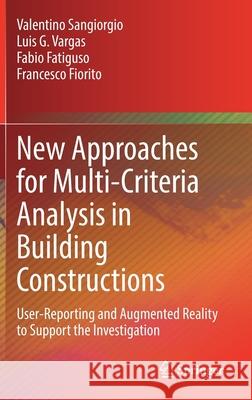New Approaches for Multi-Criteria Analysis in Building Constructions: User-Reporting and Augmented Reality to Support the Investigation » książka
topmenu
New Approaches for Multi-Criteria Analysis in Building Constructions: User-Reporting and Augmented Reality to Support the Investigation
ISBN-13: 9783030838744 / Angielski / Twarda / 2021 / 132 str.
New Approaches for Multi-Criteria Analysis in Building Constructions: User-Reporting and Augmented Reality to Support the Investigation
ISBN-13: 9783030838744 / Angielski / Twarda / 2021 / 132 str.
cena 603,81
(netto: 575,06 VAT: 5%)
Najniższa cena z 30 dni: 578,30
(netto: 575,06 VAT: 5%)
Najniższa cena z 30 dni: 578,30
Termin realizacji zamówienia:
ok. 22 dni roboczych
Bez gwarancji dostawy przed świętami
ok. 22 dni roboczych
Bez gwarancji dostawy przed świętami
Darmowa dostawa!
Kategorie:
Kategorie BISAC:
Wydawca:
Springer
Język:
Angielski
ISBN-13:
9783030838744
Rok wydania:
2021
Wydanie:
2022
Ilość stron:
132
Waga:
0.40 kg
Wymiary:
23.39 x 15.6 x 1.12
Oprawa:
Twarda
Wolumenów:
01
Dodatkowe informacje:
Wydanie ilustrowane











